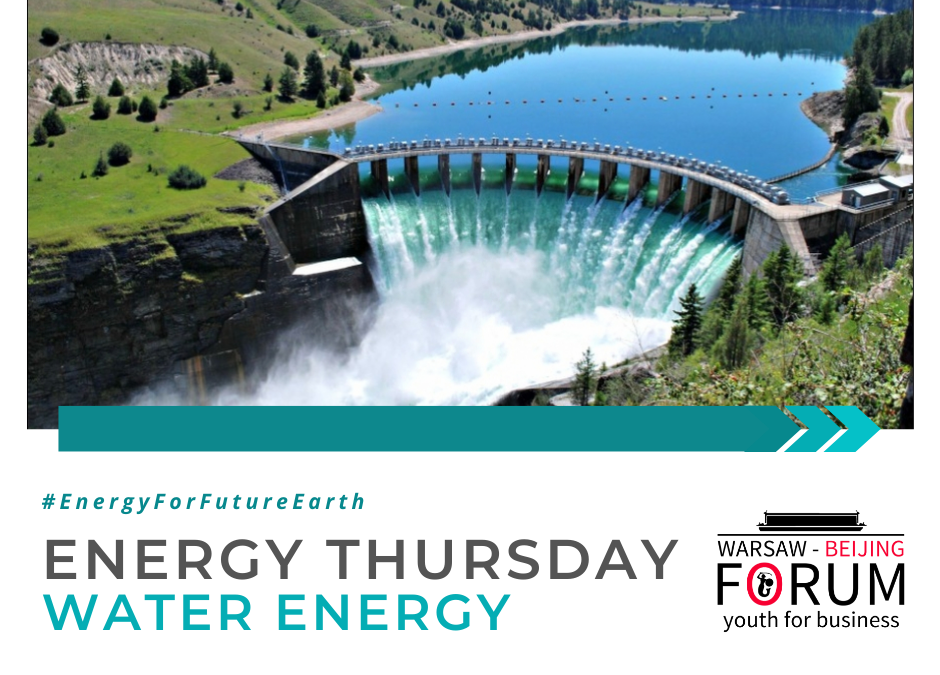In terms of hydropower, China definitely dominates on a global scale. Currently, more than half of the world’s hydropower capacity is installed in China. However, due to an enormous energy demand in the country, hydropower is ranked as the second largest source of electricity in China, giving way to coal.
In China, water has been used in industrial processes for a very long time. As early as around 30AD, the Chinese used water to move metallurgical bellows. A rotary mill was constructed then to move grain crushers with a drop hammer. It was a real breakthrough in the field of power supply methods.
Li Jugen, Address at the Inaugural Ceremony of SHP Special Committee of China Society of Hydroelectric Engineering, Hangzhou Regional Center (Asia-Pacific) for Small Hydro Power (HRC), 29 XII 2008.
China’s goal is to cover 20% of primary energy consumption by 2030 with non-fossil fuel sources. It is likely to accelerate the new construction phase in ecologically sensitive Tibetan regions of China. Tibet is the highest and largest plateau in the world, two-thirds the size of the European continent. It has the highest concentration of the tallest mountains in the world and is called the third pole of the earth, because it is also the third largest reservoir of glacial ice. Tibet is a treasury of minerals, oil and natural gas resources, as well as a leading lithium producer in China.
Hydropower is responsible for much less greenhouse gas emissions than coal. However, moving away from coal to water-based electricity comes with a number of serious risks. These include: low efficiency of hydropower production, increased demand for reserve coal energy during long periods of low rainfall, weak network systems and the likelihood of large dams on international rivers leading to conflict with neighboring countries.
The largest hydroelectric power plant in the world in terms of amount of produced power is located in China – the Three Gorges Dam. The dam is built on the Yangtze River in the country’s central province – Hubei. The filling of the tank was completed on October 26, 2010, reaching a water level of 175 m, allowing the hydroelectric power plant to operate at full capacity. In 2018, the dam generated 101.6 terawatt-hours (TWh), breaking its previous record.
Author:
Karolina Pajączek


Recent Comments